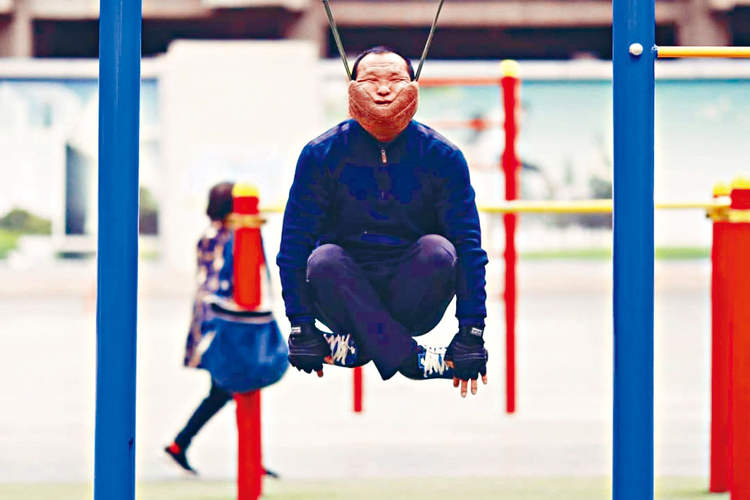A prisoner at a Malaysian zoo where attendants have turned their backs on animals a long time ago, Shirley the orangutan has developed a nasty smoking habit that is putting her life at risk.
Malaysia’s booming economy places it among the wealthiest countries in the world, but you definitely could’t tell by visiting one of its zoos. According to voluntary non-profit organization, Nature Alert, the south-eastern Asian country has some of the worst animal zoos on the planet, and while the government launched a new law forcing zoos to get up to standard within six months, no one believes this will happen without some serious publicity. A recent investigation conducted at 10 Malaysian zoos yielded some horrifying facts: animals were kept in dirty enclosures barely large enough to turn around in, others had no clean drinking water, while some were even force to perform in front of visitors.
But one of the most shocking cases is that of Shirley the orangutan, who begs for cigarette butts from tourists, in order to satisfy her tobacco addiction. She constantly reaches her arm out through the bars in order to get to the cigarettes and spends most of her day smoking one cigarette stump after the other. Some visitors apparently find her smoking pretty amusing since they blatantly ignore the “no smoking” sign in front of her enclosure and keep throwing her cigarette butts. When she isn’t smoking, the 25-year-old orangutan chews on sharp aluminum soda cans and all kinds of dangerous trash people throw in her cage.





















